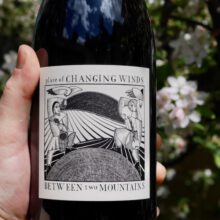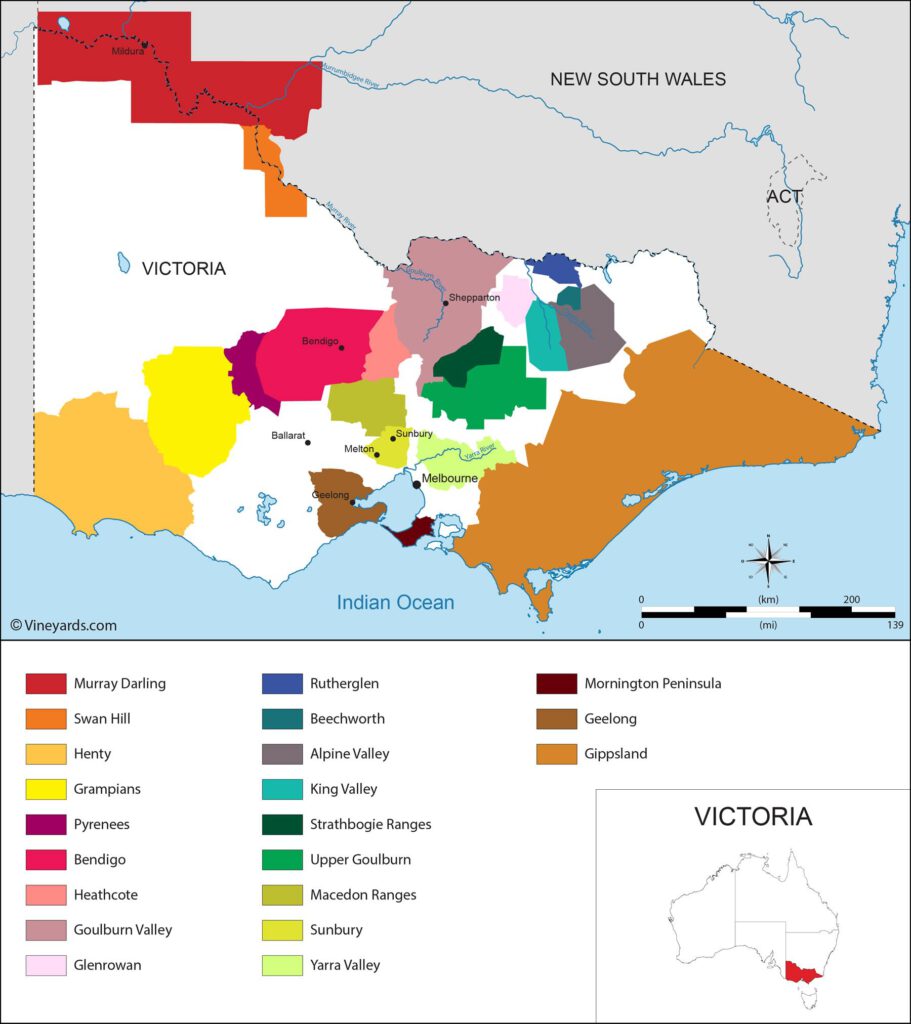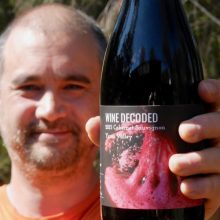
Product information
Place of Changing Winds ‘Between Two Mountains’ Pinot Noir 2022
$152
Description
I had to have a bottle before our stock ran out!
Ripped the cork out of the last bottle in stock. Drank it over 3 days. My note simply read ‘GET MORE’! Although this wine has increased in price considerably over the years, so has the quality.
‘Between Two Mountains’ stands held high amongst its peers from Burgundy’s Côte de Nuits that sell for far more.
The purity, harmony, texture, flow, complexity, energy, perfume and layering are a demonstration of the hard work in the vineyard and deft hands in the winery.
Anyone who speaks with Rob will know that POCW is a passion project that has no limits. Few growers and makers in Australia have had the opportunity to travel and drink so extensively across the wine world. He’s accelerated the process of creating his personal reference point for quality in the wine world and understanding the nuances in the vineyard and winery. A process that often takes multiple generations has been compressed into a not yet finished 1 generation!
POCW is one of the most exciting wine projects in Australia.
“Produced from all plots on the estate. Matured in 50% new and old Stockinger casks. Svelte and sleek with distinct succulence and pucker. A sheath of lacy, granitic tannin over dark cherry, tumbles of dried herbs, woody spice, some nori and truffle-like characters in the mix and a general sense of ultra pure, tart cherry juice and flecks of dried currant and cranberry. A real feast for the senses here. Incredible extension of flavour and an almost unnerving consistency to texture in all that – a long and exacting ride of character and charm. Loads of evocative perfume too. Wonderful, all up.”
MB 96+ Points HH 96 JF 95
In stock








You must be logged in to post a comment.